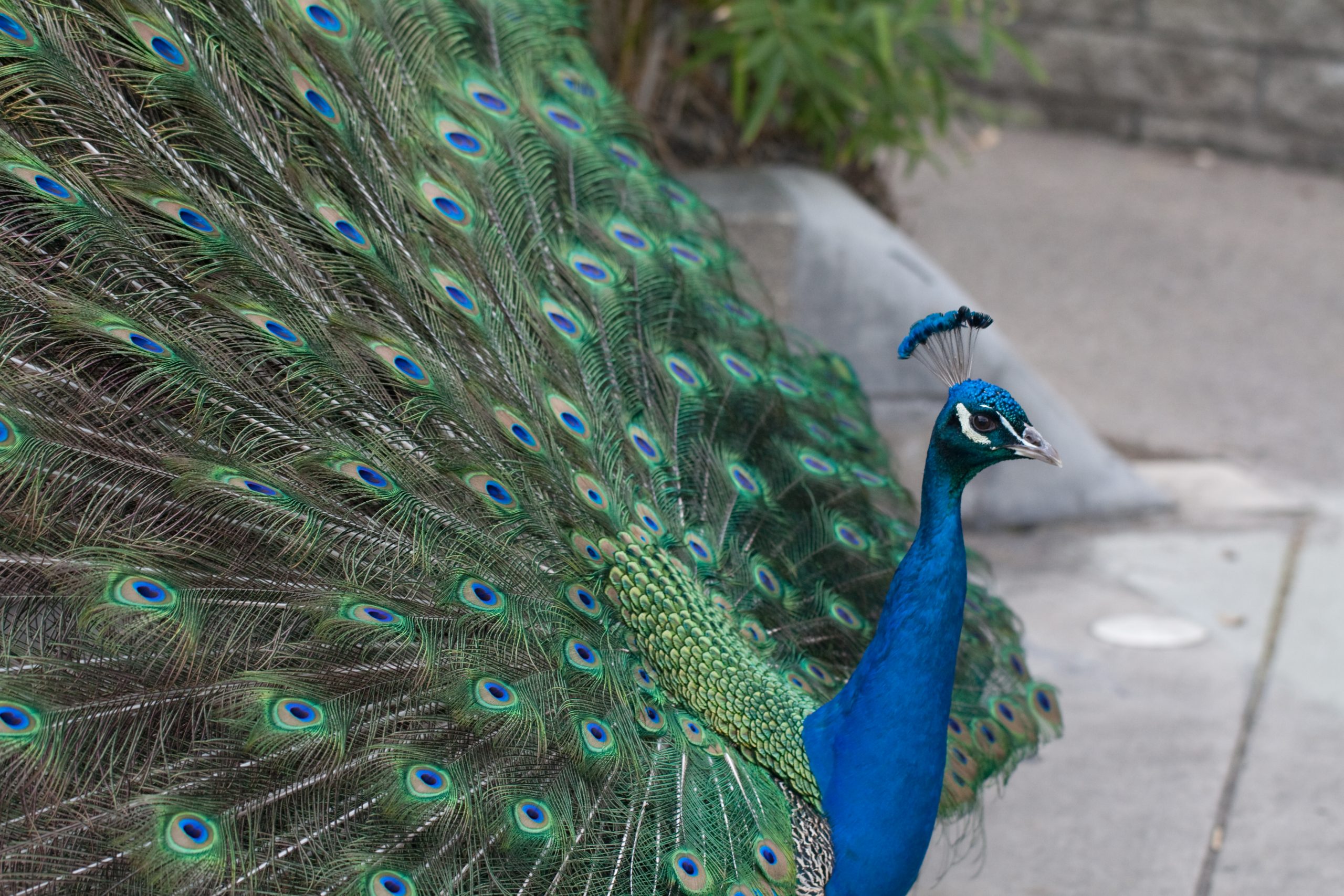46 What is Sexual Selection?
Natural selection describes a process in which individuals who are better at obtaining resources and escaping predation are more likely to survive and reproduce, leaving their heritable traits to future generations. Through this process individuals become more adapted to their environment and if this continues for several generations, there will eventually be a measurable change in the genetic composition of a population. This is what scientists define as evolutionary change.
But what about traits that do not directly aid in survival? Or better yet, what about traits that actually hinder survival? Picture the elaborate tail feathers of a peacock. These feathers, while visually stunning, make it nearly impossible for an individual to fly. Not only that, but these feathers also make it easier for a predator to spot a peacock from a distance and they can also be used by a predator to apprehend a peacock so it cannot escape. Rather than helping a peacock survive, their tail feathers actually make it more difficult to escape predation. So does such a trait evolve?

This question can be answered by viewing this trait not as aiding in survival, but as a trait that aids in reproduction. Exaggerated traits, like the tail feathers of a peacock, are used to attract females for mating, ensuring that a male passes his genes on to the next generation.
Employing a second adaptive mechanism through which evolutionary change occurs; this is called sexual selection. Sexual selection is a “special case” of natural selection in which individuals compete for mates in order to pass on their genes to future generations. Exaggerated traits like a peacock’s tail are used to attract females for mating, ensuring that a male passes his genes on to the next generation. In essence, sexual selection acts on an individual’s ability to successfully reproduce- even if that ability comes at a cost to survival.

This chapter is licensed under a Creative Commons Attribution-NonCommercial-ShareAlike 4.0 International License

